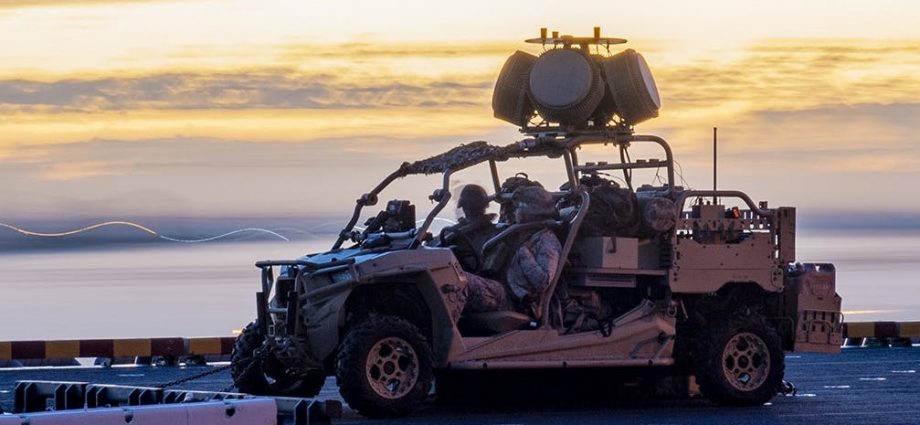The United States faces threats from a variety of actors including strategic competitors, regional powers, weak or failed states, and non-state actors. Competitors are challenging U.S. interests across all domains and geographic regions by leveraging advances in technology such as sUAS to achieve their objectives.
Although the most common use of sUAS in the homeland is for legitimate purposes such as entertainment, protection of commercial facilities, law enforcement, or firefighting, these systems may inadvertently place DoD personnel, facilities, and assets at risk through careless behavior within an already congested airspace. Even at the lower end of the conflict spectrum, malicious actors can adapt this technology to create more robust capability.
As the sUAS problem expanded across multiple areas of responsibility, the Department adopted an approach that pursued immediate C-sUAS materiel solutions to address the rapidly evolving challenge for U.S. forces at home and abroad.This approach emphasized the deployment and employment of government and commercially-built materiel to address the immediate risks posed by sUAS; however, it resulted in many non-integrated, redundant solutions. Although the initial approach addressed near-term requirements, it also introduced challenges that complicated the department’s ability to keep pace with a constantly evolving problem. To address these challenges, the DoD requires a holistic strategy for countering sUAS hazards and threats.
Materiel solutions alone cannot counter-threat sUAS or mitigate hazards. Protecting U.S. forces, allies, and partners requires that we examine our existing doctrine, training, equipment, and policy to identify any potential shortfalls to countering present and future sUAS threats. This means we must work horizontally across the Department to ensure that the perspectives and requirements of the many stakeholders (Joint Force,1
allies, partners, etc.) are considered across the DOTMLPF-P spectrum while also working with other federal agencies and domestic entities to improve interoperability and integration of capabilities. The Department must provide commanders with the right equipment and with ready forces that are supported by appropriate training and doctrine in order to enable the Joint Force to collectively meet the sUAS challenge. Finally, we must integrate active defenses, passive defenses, or a combination along with material and non-material solutions using a risk-informed, tiered approach to ensure the protection and defense of our personnel, assets, and facilities. When all of these elements are synchronized, our forces will be prepared to detect, identify, deter, and, if necessary, defeat threat sUAS.


Comments are closed, but trackbacks and pingbacks are open.